
For the first time since joining the Formula 1 calendar in 2023, the Las Vegas Grand Prix was hit by rain on Friday for third practice and qualifying.
It turned the usual qualifying exercise of balancing risk versus reward into a delicate dance between thrill and trepidation on the high-speed streets in the Las Vegas Strip and its surrounding neon-lit avenues.
After Lando Norris clinched a vital pole to further boost his title chances, his colleague Pierre Gasly said: "I don't think I'm going to sleep tonight with the amount of adrenaline I still have in me. It's crazy conditions. The grip level was so low."
You know things are sketchy when even wet-weather master Max Verstappen, not usually averse to a bit of bravado, felt the grip levels were too low to be enjoyable. "It was really, really slippery out there. It's already slippery in the dry but in the wet – yeah, it's not fun, I can tell you that. I mean, I love driving in the wet, but this for me is a little bit too much, I would say."
Nico Hulkenberg regaled reporters with an amusing anecdote of witnessing Carlos Sainz leave the pits in Q1 on intermediates, only to gingerly try on full wets instead. "I said, the only way I'm going out is on full wet," the Sauber veteran said. "Carlos went out on inters in front of me and he was sending it on the out-lap. I was like, holy moly! Surprised he didn't lose the car. F*ck!"
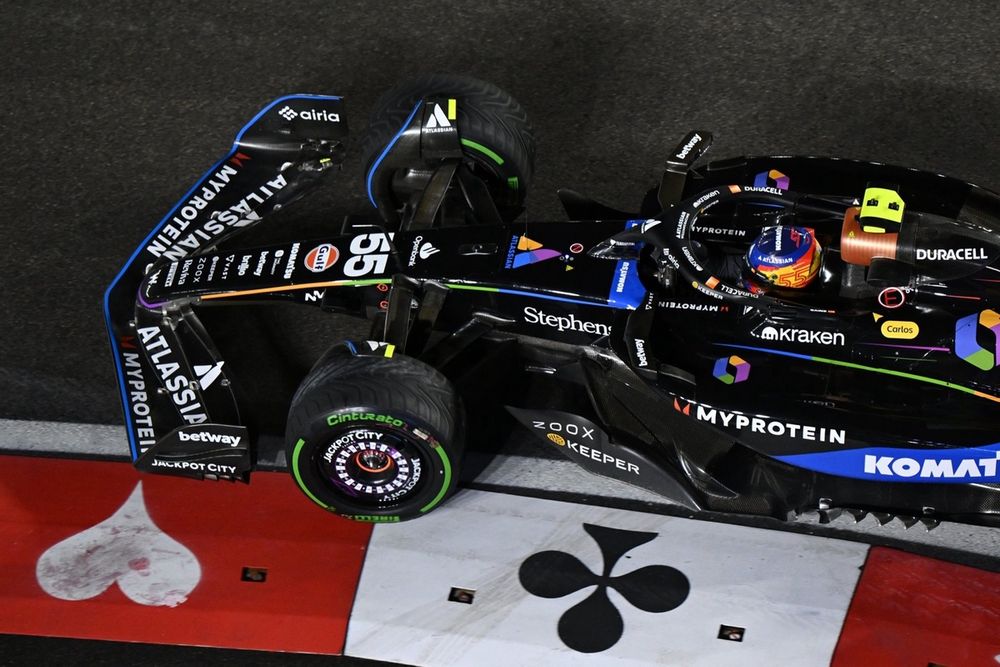
Haas' Ollie Bearman labelled the grip levels "the worst I've ever experienced in my life, in karting, F3, F2... anything", something which fellow rookies agreed with. More veteran drivers, like George Russell, felt that accolade still belongs to the infamous 2020 Turkish Grand Prix, when a track resurfacing turned Istanbul Park into an ice rink.
But opinions were split on whether qualifying was a fun or nerve-wracking experience – the two aren't necessarily mutually exclusive. While some drivers feared or loathed the conditions in Las Vegas, others thrived under the unique circumstances. None more so than rookie Isack Hadjar, whose only gripe was a yellow flag that thwarted a top-five challenge. "I never got to really try myself in the rain in an F1 car, so today was the first time, and honestly I enjoyed it very much," Hadjar said. "Especially on the full wet, it was good fun."
A perfect storm
But this isn't the first qualifying session in the wet on a street track, so why was Las Vegas such a hair-raising ride?
One of the biggest factors is Vegas' track layout, a combination of slow – often 90-degree – corners with long straights, including a mile-long blast down the famous Strip.
With little in the way of lateral loads, that layout is making it almost impossible to keep the tyres in the right operating window, with the chilly November conditions further making it tough to bring Pirelli's rubber up to temperature, never mind keep them there. It made tyre preparation even more important than usual while navigating traffic on an out-lap, with drivers seen experimenting with double warm-up laps in Thursday practice.
There are some suggestions that the track surface, which is made to handle road cars and not F1 machinery, is a contributing factor, but Haas' Esteban Ocon isn't too sure.
"No, whatever tarmac you put on, it's always going to be tricky. There are no corners, so we don't put heat into the tyres. That's the problem. You have like 15-20 seconds from one corner to another, so how do you generate the heat? Obviously, the tarmac is very smooth, but we don't want a rough tarmac that's going to undulate and kill our backs in the race."

The track itself was resurfaced ahead of the inaugural 2023 edition, and as FIA race director Rui Marques pointed out in the drivers' briefing, the governing body had spent a lot of time painstakingly removing as many white lines as possible.
But what the FIA can't do anything about is that the vast majority of the track, including the Strip and the Turn 14 braking zone that caught many drivers out, reopens to the public every night. The race runs through the artery of Las Vegas, so it being available to road traffic before and after the on-track action is an absolute must for the race not to cause even more disruption to local residents than is already the case.
That means thousands of road cars pass over it, soiling it with oil and other detritus. In the dry, that means a lot of the usual track evolution of a typical street circuit is being undone. In the wet, those greasy patches really become a big issue.
"We know that the track is going to be open every day, so there is a sort of reset compared to other tracks that stay closed," Pirelli F1 chief Mario Isola explained on Thursday. "When we came here on Wednesday the surface was greasy."
Between the wet, cold conditions, the low-downforce track layout and the slippery public roads, Las Vegas conjured up a perfect storm for one of the most challenging and enthralling qualifying spectacles, which was hard to peel your eyes away from.
But if there was one surprise, then it's just how smooth the running was. Other than a few off-track excursions by drivers locking up or going deep into the run-off areas, the session occurred without interruptions. The only driver to make significant contact with the wall was Alex Albon, but as he struck the barriers coming out of the penultimate corner the considerate Williams driver was able to coast into the pitlane on three wheels to avoid a red flag.
"Honestly, I was surprised there were not too many incidents," Verstappen said. "So everyone was behaving quite well, or scared!"
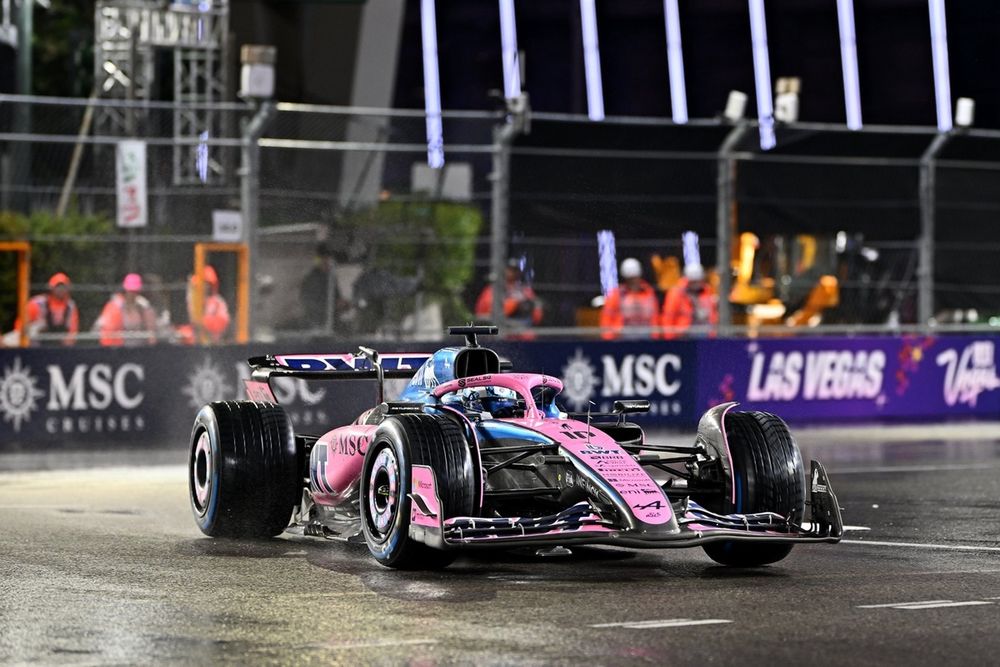
Gasly added: "It's very impressive that no one actually had a [crash]. It was probably one of the toughest sessions I've had in Formula 1 alongside Brazil last year. Usually you just know a red flag is coming straight from the start.
"For me, the only explanation is it just shows the level on the grid is very high at the moment."
Additional reporting by Ronald Vording



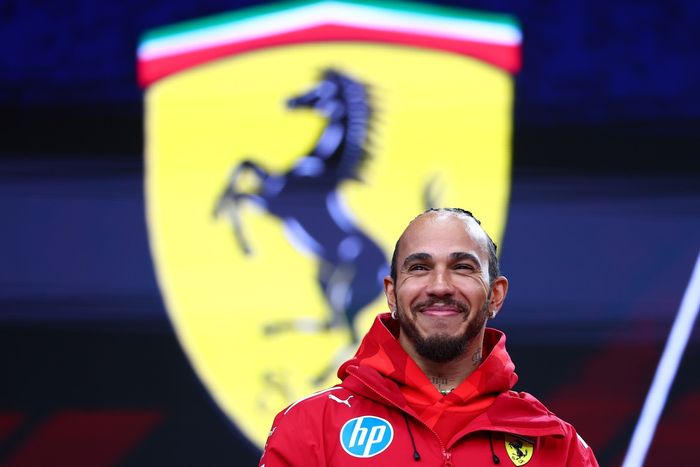


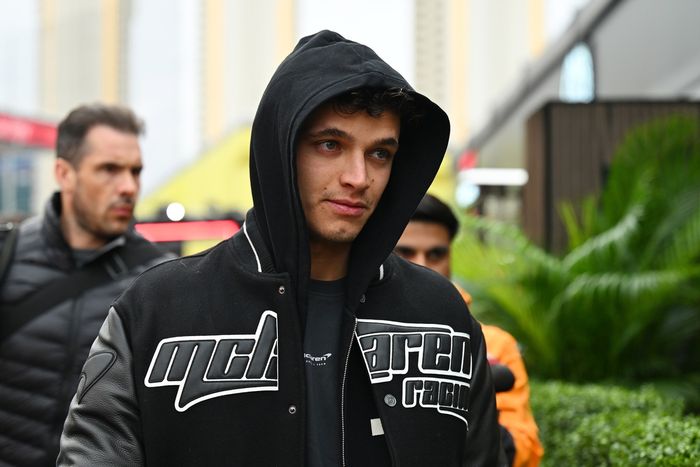
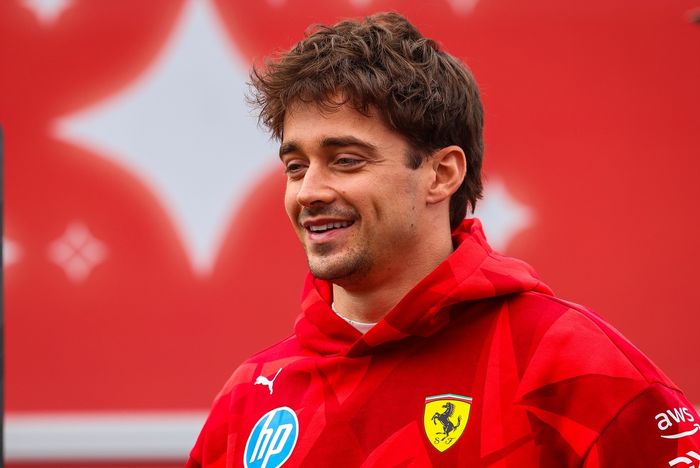
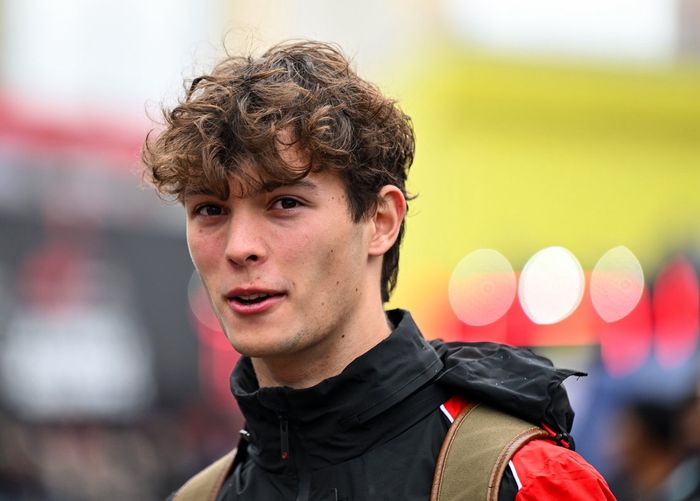









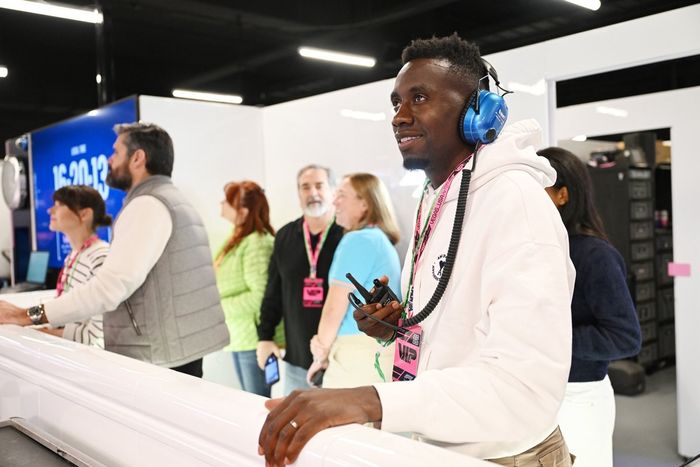
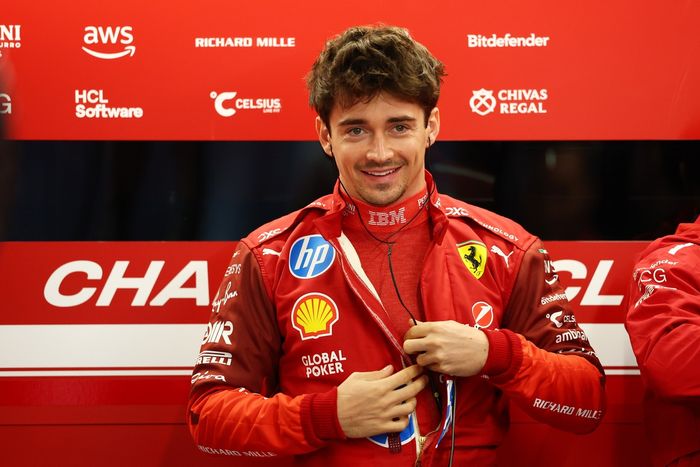
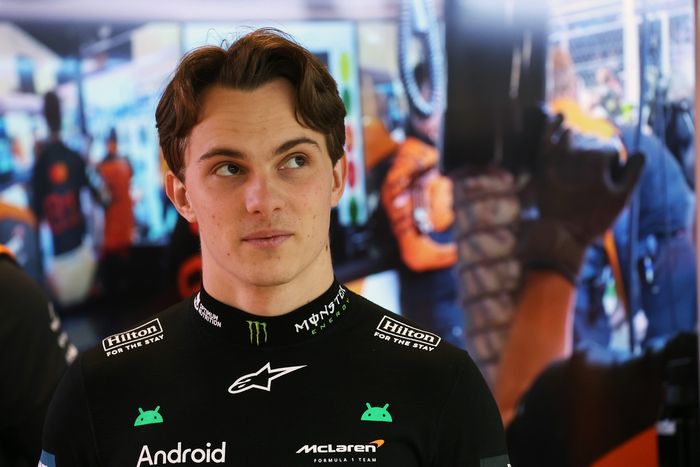
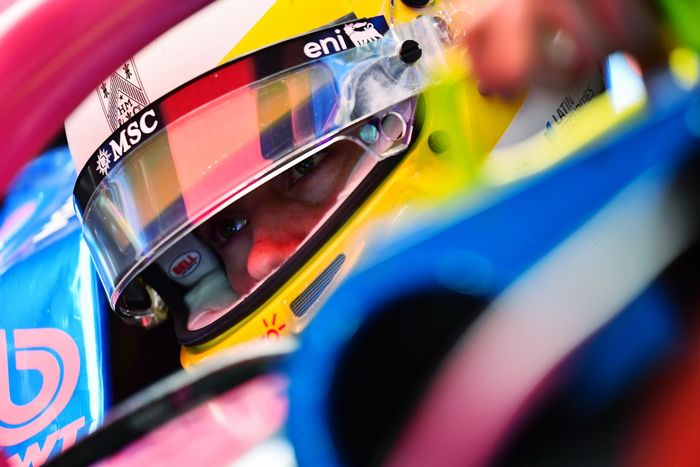









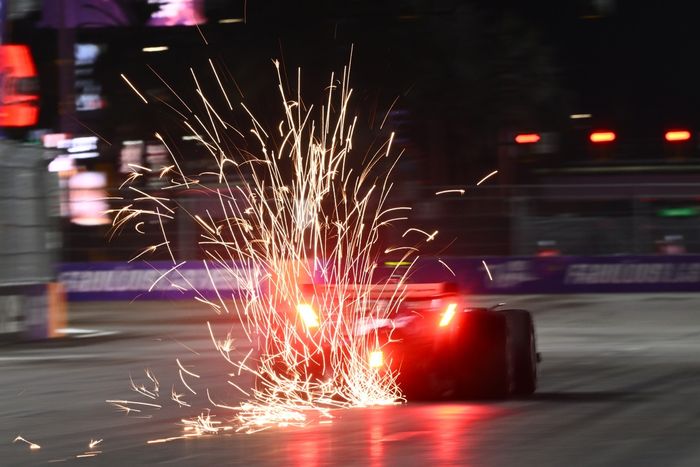



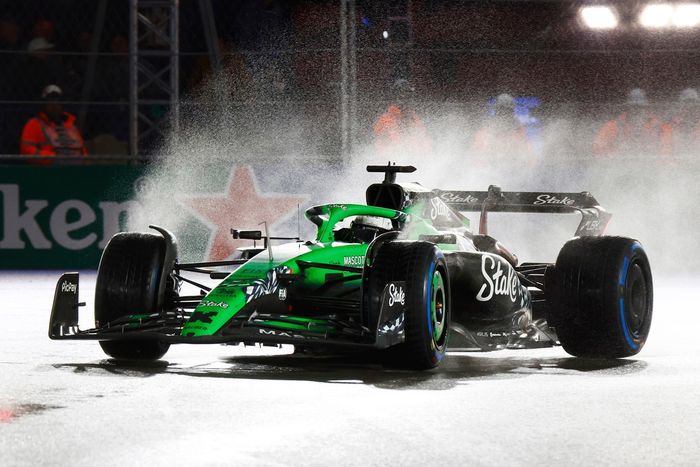
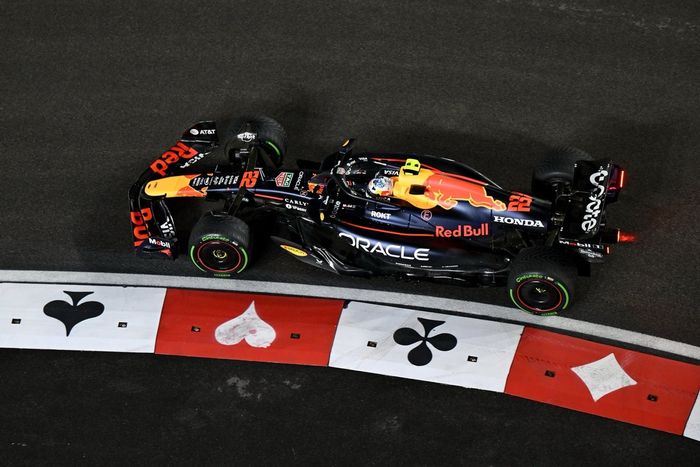









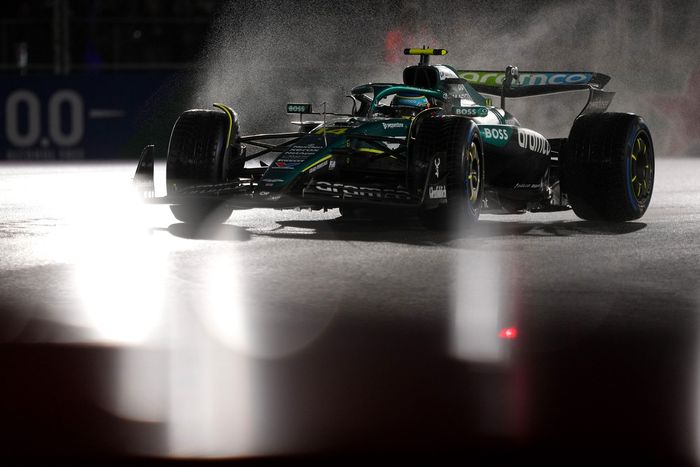















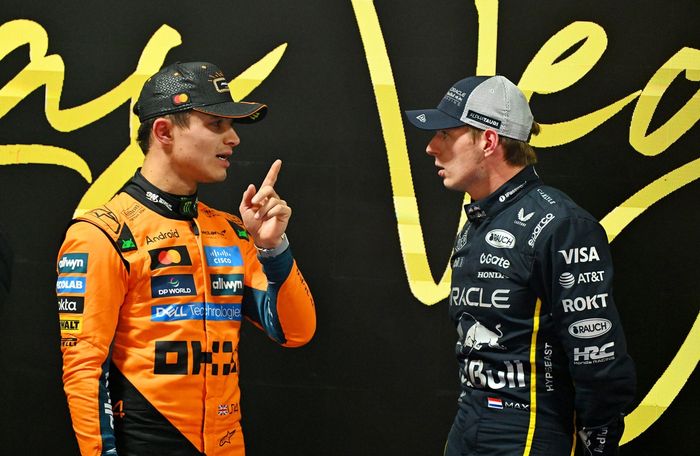











Read and post comments